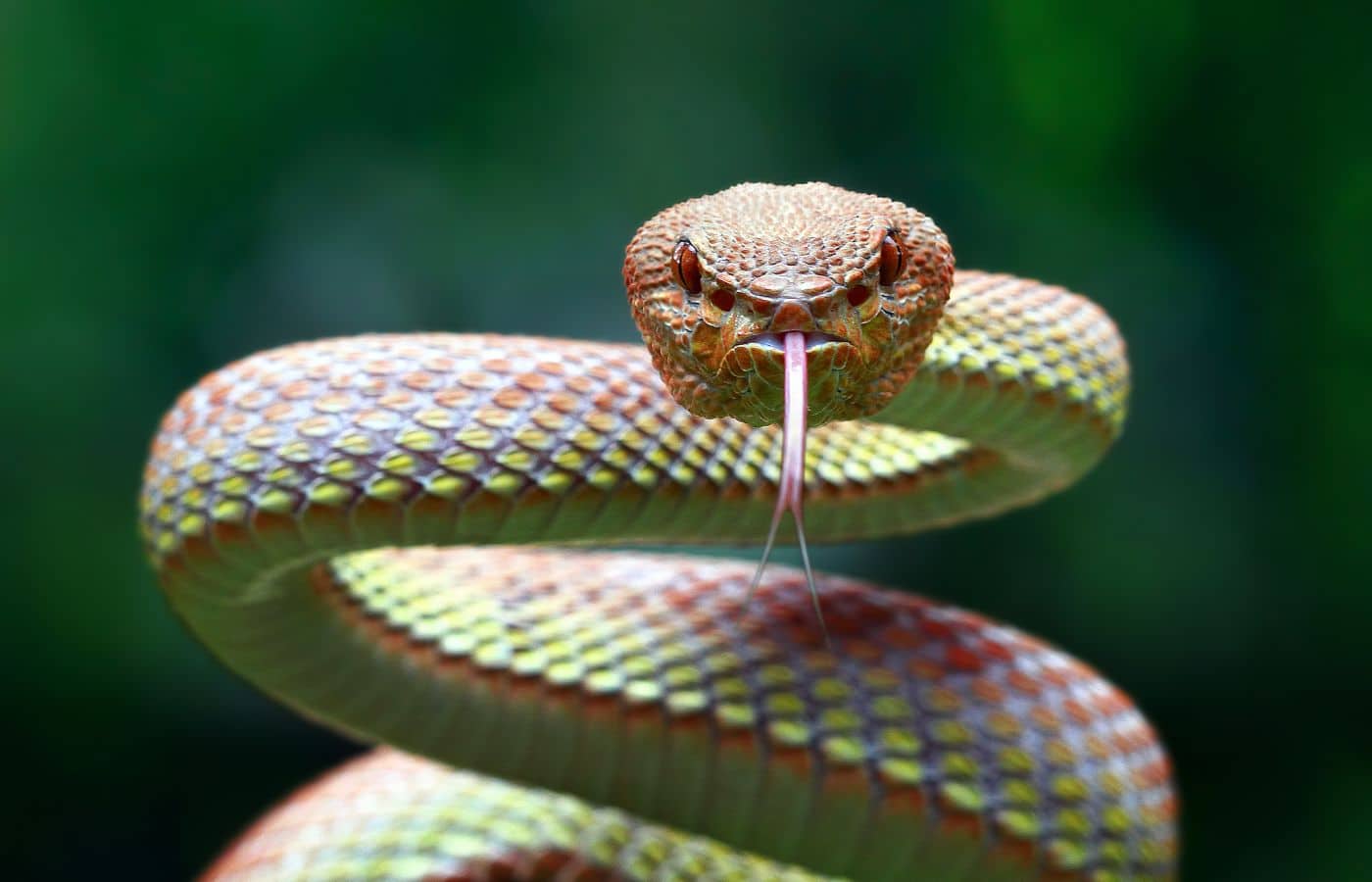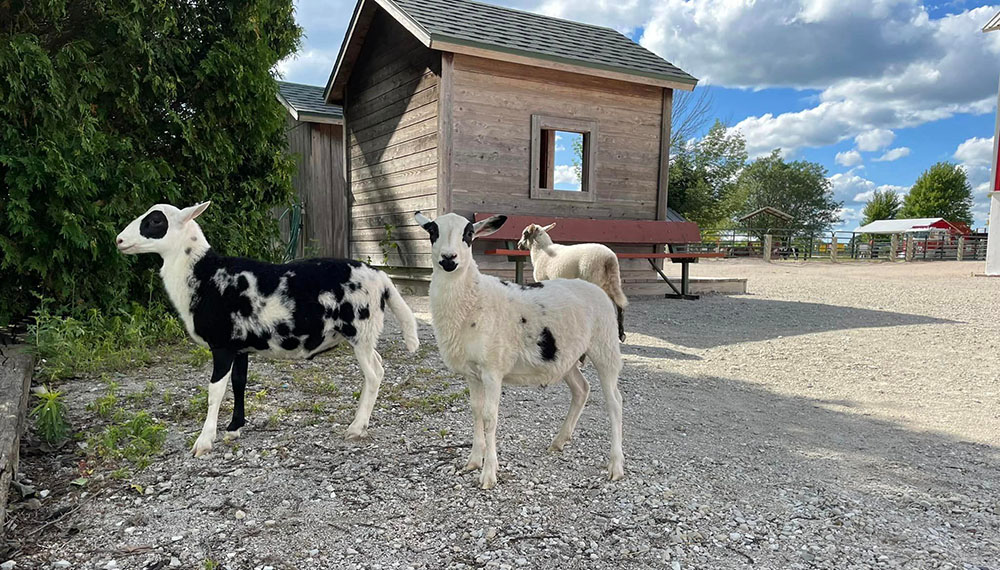Glad you slithered in!
Today, we’re diving deep into interesting facts about snakes, an adventure that promises to uncover the secrets and marvels of these amazing creatures.
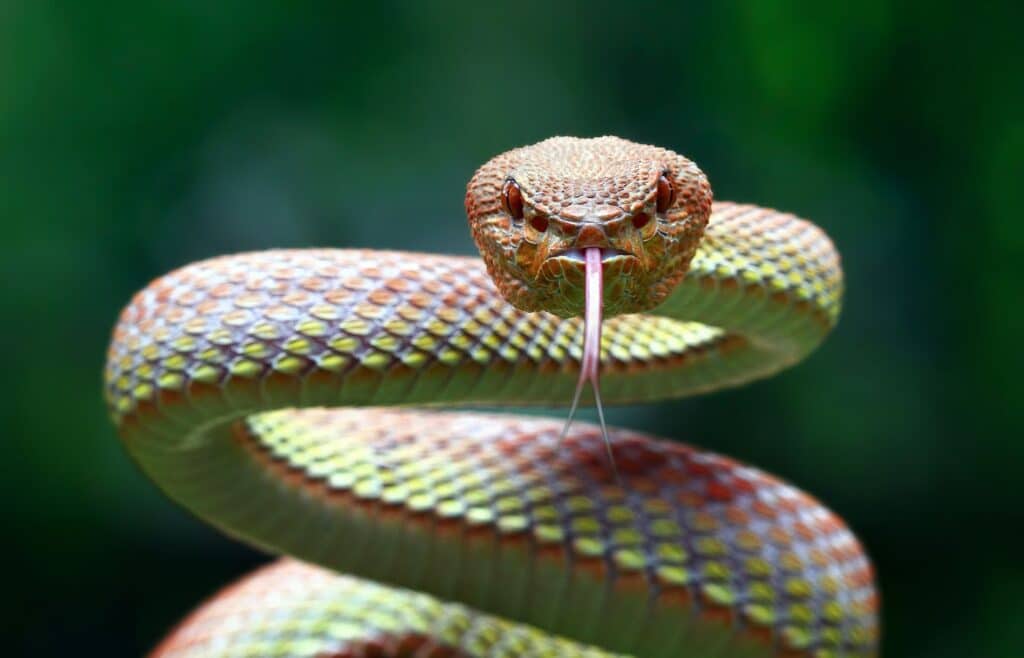
From flying snakes to the ones that can go without a meal for a year, we’re about to unravel some of the most intriguing and jaw-dropping truths about these legless wonders.
So, buckle up and get ready to have your mind blown by these amazing facts!
1. Snakes have no eyelids.
Unlike humans and most other animals, snakes don’t have eyelids. Instead, they have a clear scale that covers their eyes called a spectacle, which helps protect their eyes while allowing them to see. It’s like wearing a permanent pair of sunglasses!
2. Some snakes can fly… sort of.
Well, not really fly, but a few snake species are excellent gliders. They can flatten their bodies and use their ribs to glide through the air, helping them move from tree to tree.
3. Snakes can ‘hear’ without ears.
While snakes do not have external ears, they can sense vibrations through their bellies, helping them to detect approaching predators or prey.
4. The smallest snake can fit on a coin.
The Barbados thread snake holds the title for the smallest snake in the world. It is about the size of a worm and can fit comfortably on a coin.
5. Inland Taipans have the most potent venom of any snake species.
They’re also known as the “fierce snake.” A single bite can contain enough venom to kill 100 adult humans.
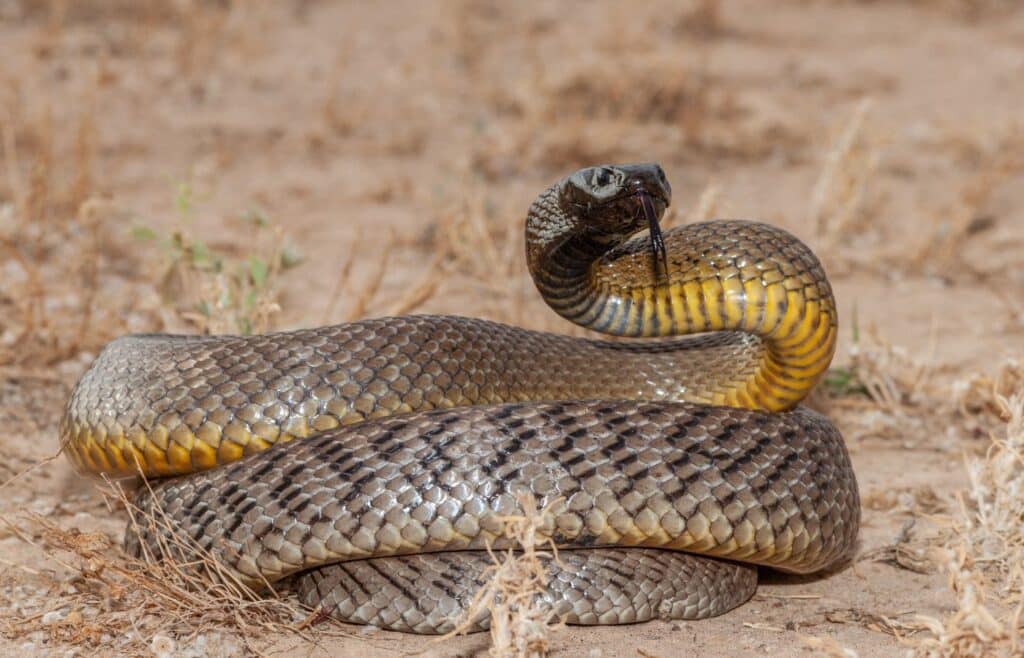
6. Snakes use their forked tongue to smell.
Snakes have a unique way of smelling the world around them. They flick their tongues in and out of their mouths, collecting tiny scent particles from the air. They then bring their tongues back into their mouths and press them against a special organ called the Jacobson’s organ to analyze the scents, allowing them to locate prey and potential predators.
7. Some snakes eat other snakes.
Snakes are known for their incredible eating abilities, and some snake species have quite the appetite. For example, the king cobra, the longest venomous snake in the world, feeds on other snakes. It’s a snake-eat-snake world out there!
8. Snakes are found on every continent except Antarctica.
Snakes have adapted to a wide range of environments and can be found all around the world. From the deserts of Africa to the rainforests of South America, snakes have slithered their way into various habitats.
9. Snakes can go months without eating.
Unlike many animals, snakes can survive for weeks or even months without eating. Some snake species have even been known to go a year or more without a meal. How long could you go without eating?
10. Snakes have been around for millions of years.
Snakes have a long history on Earth, with fossil records dating back around 150 million years. They’ve survived through major changes on our planet, making them true survivors. They’re the ultimate survivors of the animal kingdom!
11. There are no snakes in New Zealand.
While snakes are found in many parts of the world, one interesting fact is that there are no native snakes in New Zealand. The country is home to a wide range of unique wildlife, but snakes are not one of them. This is because New Zealand separated from the supercontinent Gondwana before snakes evolved.
12. Some snakes have two heads.
Occasionally, snakes can be born with two heads, each capable of thinking and eating independently. This condition is known as bicephaly. Sometimes they even fight over food!
13. Snakes can help predict earthquakes.
Some scientists believe snakes can sense earthquakes from 75 miles away, up to five days before it happens.
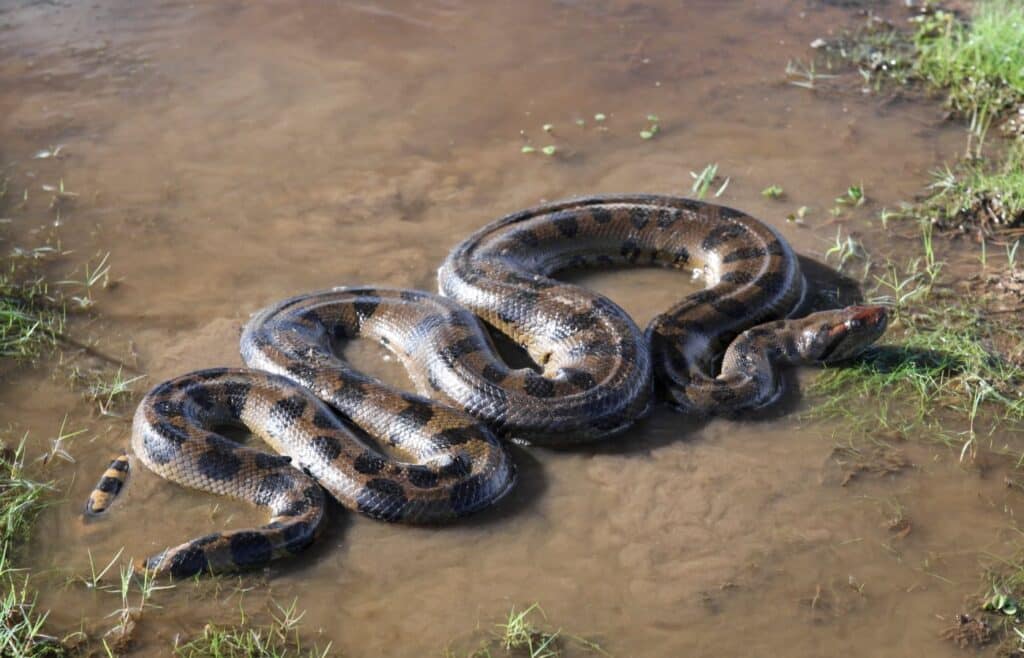
14. The Green Anaconda is one of the largest species of snakes.
It is found in the swamps and rivers of South America and can grow up to 30 feet long[1].
15. The roof of their mouth helps them hunt.
Snakes have unique mouths with a structure called the vomeronasal organ located on the roof of their mouth. This organ allows them to detect chemical cues in the environment and helps in hunting and locating prey.
16. Snakes shed their skin.
Snakes have an incredible ability to shed their old skin. As they grow, their skin becomes too tight, so they have to shed it to make room for their new, larger bodies. This process also remove parasites. The shedding process is known as ecdysis. You probably feel the same way when you try on a brand new outfit!
17. Not all snakes are venomous.
In fact, most snakes are non-venomous snakes. The majority of them rely on other means like constriction to subdue their prey. The majority of snake species in the United States are nonvenomous. They play a vital role in controlling populations of small mammals and insects in their ecosystems.
18. The Black Mamba is the most venomous snake in the world.
It’s found in Southeast Asia.
19. The Black Mamba can move up to 12 miles per hour.
It’s one of the fastest snakes in the world!
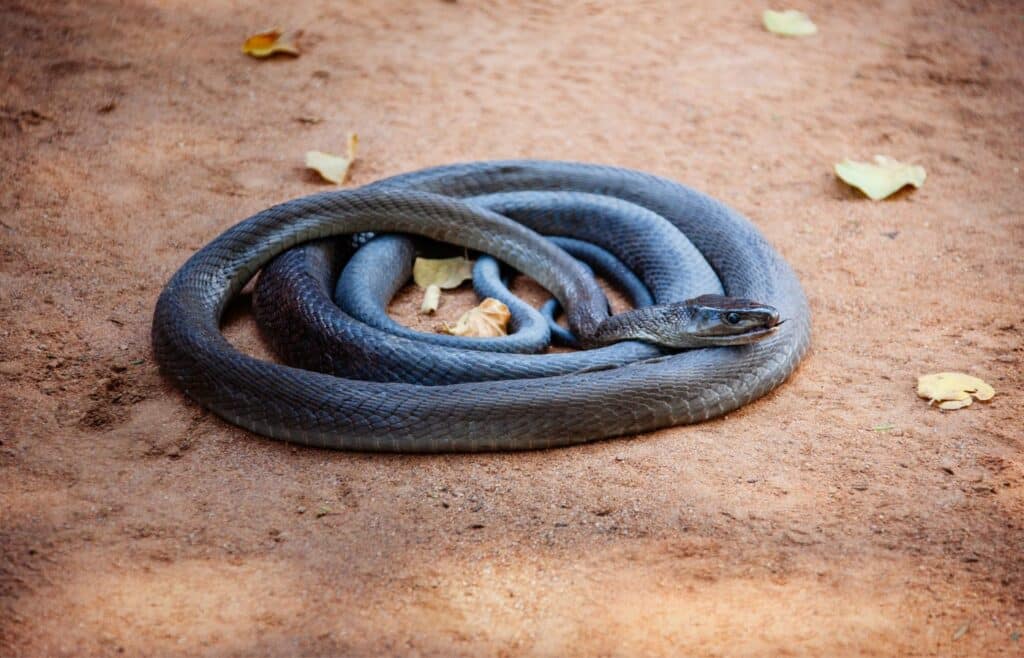
20. Boa constrictors swallow their prey whole.
They use their powerful bodies to squeeze their prey to death before swallowing them whole. They are nonvenomous and primarily eat small mammals.
21. 1/3 of all adult humans have a fear of snakes.
This fear, known as ophidiophobia, is one of the most common phobias worldwide.
22. Coral snakes give birth to live young.
Most snakes lay eggs, but coral snakes actually give birth to their babies. This is known as live birth or viviparity.
23. Snake venom can have different effects.
While some snakes have venom that can be dangerous to humans, not all snake bites are deadly. Snake venom can have different effects, ranging from mild discomfort to life-threatening consequences.
24. Snakes have an incredible sense of smell.
They smell through their vomeronasal organs. These organs help them detect pheromones and chemical cues from prey and potential mates.
25. Arboreal snakes spend most of their time in trees.
Similar to the green tree python, they have adapted to their environments by developing prehensile tails and specialized scales that help them climb and maneuver through branches.
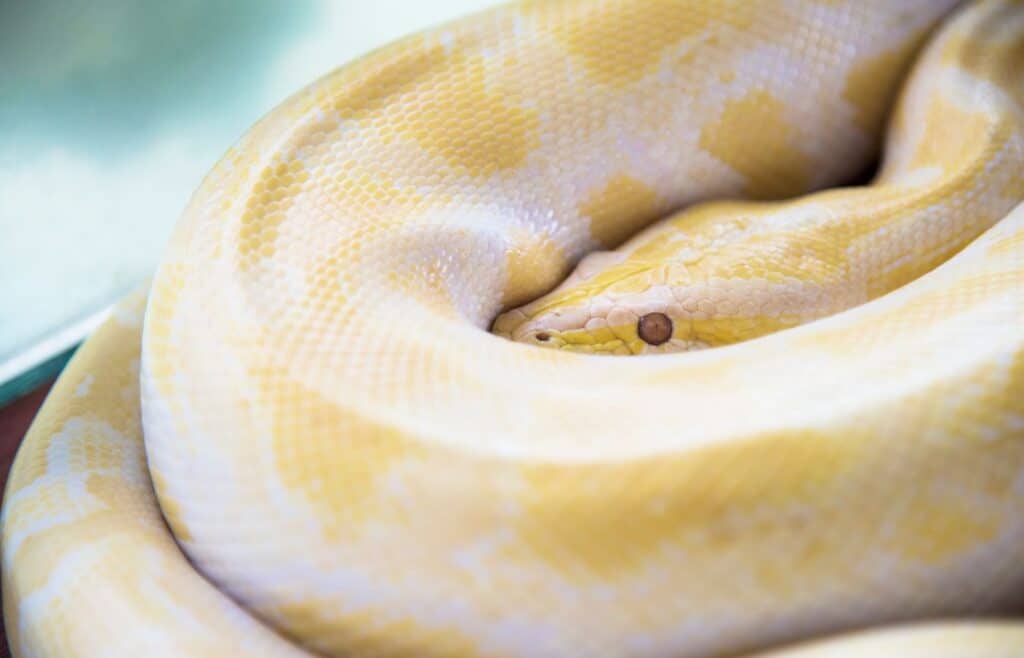
26. The longest snake in the world is the Reticulated Python.
It can reach lengths of up to 30 feet. These large snakes also have flexible lower jaws that allow them to swallow prey much larger than their own heads.
27. Garter Snakes can hibernate.
Some snake species can tolerate colder climates, such as the garter snake found in North America. These snakes have the ability to hibernate during the winter months when temperatures drop significantly.
28. Rattlesnakes shake their tails to produce the rattle sound.
Rattlesnakes, which are venomous snakes found in North America, have a specialized tail segment called a rattle. When threatened, they shake their tails to produce a rattling sound as a warning to potential threats. It’s definitely you’re cue to run as fast as you can!
29. Some snakes have “pits” on their head.
Some venomous snake species, like pit vipers, have specialized heat-sensing organs: called “pits” located on their heads. These pits can detect infrared radiation and help snakes locate warm-blooded prey.
30. Snakes have highly flexible jaws.
Their jaws are connected by stretchy ligaments, enabling them to expand their mouths to accommodate larger prey. In fact, they can swallow prey much larger than their own head.
31. The Green Anaconda is the heaviest snake in the world.
Found in South America, it holds the title for being the heaviest snake species in the world. It can reach lengths of up to 20 feet and weigh over 550 pounds.
32. Snakes Have Heart Mobility.
A snake’s heart can move around inside its body to accommodate the massive meals they consume.
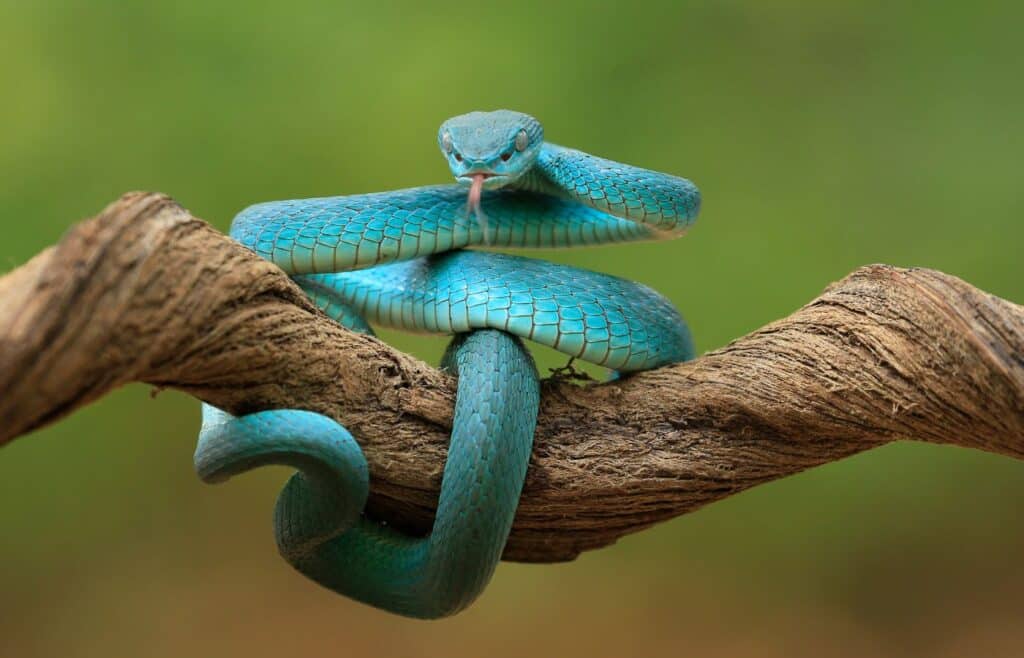
33. Snakes need the sun.
Unlike mammals, snakes are ectothermic animals, which means they rely on external sources to regulate their body temperature. They bask in the sun to warm up and seek shade to cool down[1].
34. Snakes come in all sizes.
From the tiny thread snake, which can fit on a coin, to the enormous reticulated python, which can grow up to 30 feet long, snakes come in a wide range of sizes. It’s like a never-ending parade of lengths!
35. Snake scales are made of keratin.
The same material that makes up human hair and fingernails is what snake scales are made of.
36. Snakes have a sixth sense.
Some snakes, like pit vipers, boa constrictors, and pythons, have heat-sensing organs that help them detect warm-blooded prey in total darkness.
37. ‘Medusa’ is the longest snake ever recorded.
The longest snake ever recorded was a reticulated python named Medusa, who measured over 25 feet in length!
38. There are over 3,000 species of snakes in the world.
They vary in size, color, and behavior. That’s a lot of snakes!
39. A group of snakes is called a nest or a pit.
Depending on the species, a group of snakes can be referred to as a nest, pit, or den.
40. Snakes have a unique way of moving.
They can move in a straight line, slither in an “S” shape, move sideways, and even hoist themselves up trees or cliffs.
41. Snakes can swim.
Many snake species are excellent swimmers and some, like the sea snake, spend almost their entire lives in water.
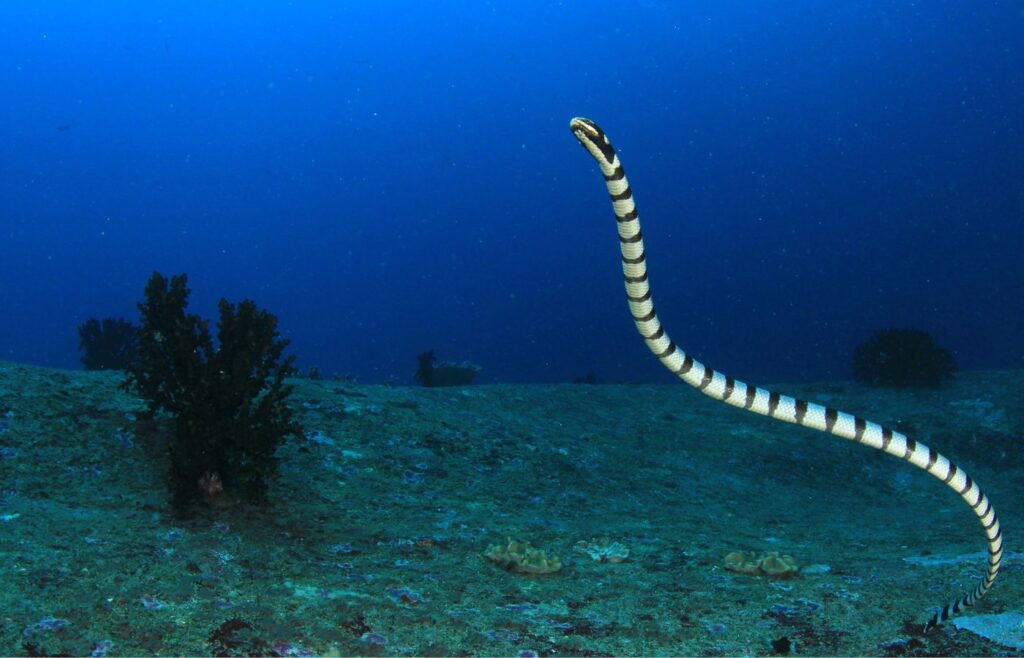
42. Snakes don’t chew their food.
They swallow their prey whole, thanks to their flexible jaws.
43. A snake’s skin doesn’t grow.
As they grow, they must shed their skin to accommodate their larger size.
44. Some snakes can see using infrared vision.
This allows them to see the heat emitted by their prey or predators.
45. Snakes are found in more habitats than any other reptile.
From forests and deserts to swamps and oceans, snakes have adapted to a wide range of environments.
46. The color of a snake’s skin helps it camouflage.
This helps them avoid predators and sneak up on prey.
47. Some snakes can live up to 20 years in the wild.
With proper care, some species can even live longer in captivity.
48. The largest prehistoric snakes was 42 feet long.
The Titanoboa is the largest snake ever discovered from the fossil record. Living approximately 58 to 60 million years ago, this prehistoric giant could grow up to 42 feet (12.8 meters) long and weigh about 1,135 kilograms (2,500 pounds), making it a true behemoth of the ancient world.
49. Snakes can live at very high altitudes.
Some species of snakes, like the Himalayan Pit Viper, live at elevations of over 16,000 feet (4,900 meters) in the Himalayas. These are among the highest altitudes known for any snake species, showcasing their incredible adaptability to different environments.
50. The most expensive snake was sold for $40,000.
The Lavender Albino Ball Python is one of the most expensive snakes ever sold, with prices reaching up to $40,000 for a single snake. This snake is prized for its unique coloration and rarity, making it a highly sought-after pet for snake enthusiasts and collectors.
And there you have it, adventurers—50 fun facts about snakes that have taken us on a wild ride through world of these remarkable reptiles.
From their unique ways of seeing the world without eyelids to their incredible survival skills, snakes sure know how to keep us on our toes.
We hope these facts have sparked a newfound respect and fascination in you for these misunderstood creatures.
Remember, snakes play a crucial role in our planet’s ecosystems, and there’s so much more to them than meets the eye.
Keep exploring, stay curious, and who knows what other wonders you’ll discover in the vast and vibrant animal kingdom!
Related Posts:
100 Mind-Blowing Facts About Elephants
50 Amazing Rhino Facts for Kids
Emperor Penguin Facts for Kids
Calie Herbst, Editor-in-Chief of Milwaukee With Kids, has spent over a decade combining her experiences as a parent of three to create a hub for Milwaukee’s family adventures.
Her decade-long teaching career in Milwaukee Public Schools and academic background, including a Master’s in Teaching from Marquette University and dual B.A.s in Sociology and Spanish from the University of Wisconsin – Madison, fuel her passion for inclusive and engaging family content.
Calie is also a recognized voice in local media, contributing to WISN Channel 12 News, WTMJ Wisconsin Morning News, Fox 6’s Real Milwaukee, and B93.3.
Discover more about Calie’s journey and editorial approach on her About Page and Editorial Policy Page.


